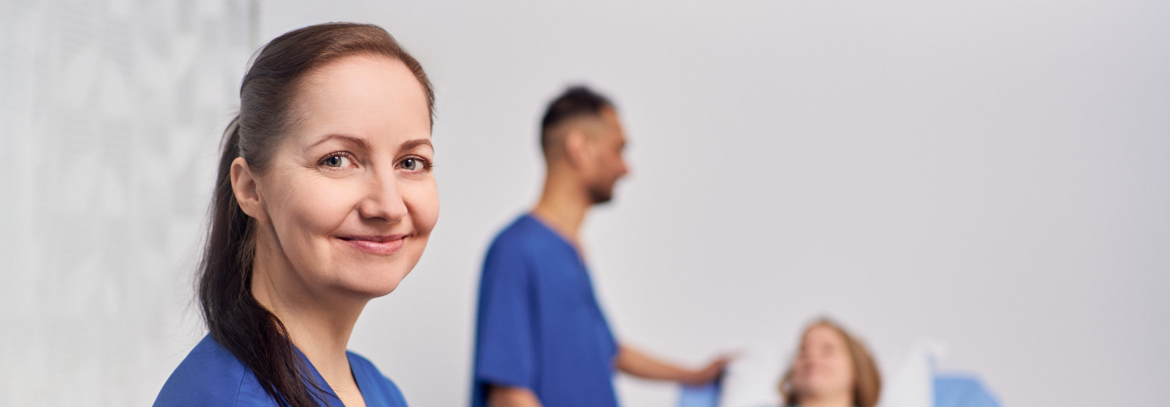Development Coordinator Sirpa Saarela talked about the practices of the City of Oulu and the experiences from the pilot at Medanets User Days in April. Running until the end of June, the pilot involves 50 nurses and practical nurses from the KOTAS support centre for living at home as well as from home care services. The tentative results seem promising.
A few years ago, the City of Oulu decided to adopt the National Early Warning Score (NEWS) system for evaluating the general condition of home care customers. It was believed the use of the scoring system would make monitoring vital functions more consistent and help predict the need for treatment and ensure timely access to care. In 2019–2020, the staff were trained to calculate NEWS manually using a paper chart.
Mobile solution tackles challenges
The use of a paper tool proved quite challenging in everyday work, and there was considerable variation in its use. The city recognised the need for a mobile app that would automatically calculate the score, be easy to use and help the nurse decide what to do next. The city chose Medanets’ Early Warning Score mobile solution for the pilot launched in the autumn of 2021 as it met all the criteria.
The goal of the pilot is to increase the use of NEWS in assessing the customer’s general condition, expedite the transfer of up-to-date information to the customer information system and, as a result, streamline the treatment process with the help of the mobile solution. In addition, the purpose of the pilot is to assess the usability of the solution in mobile work and explore the possibilities of expanding the use of the solution in home care services.
Early intervention can help avoid visits to the hospital
The use of the mobile solution means that calculating NEWS becomes an easier and routine part of the work. The score calculated by the mobile solution is transferred to the customer information system in real time, making consultations easier between different teams or between a nurse and a physician, for example. This provides an up-to-date view of the patient’s status, enabling early intervention. In line with the goals of home care, early intervention can prevent the customer from ending up at the emergency room or in hospital.
During the pilot, the mobile solution has proven useful in various situations. It has helped nurses assess the situation and the need for further treatment. The NEWS system has also helped explain to the customer why a visit to the hospital is or is not necessary.
So far, the results of the pilot have been promising. The nurses participating in the pilot have been pleased with the mobile solution, even if there have been some suggestions for further development. It is also important to gain more user experiences, which is why the pilot will continue until the end of June.
